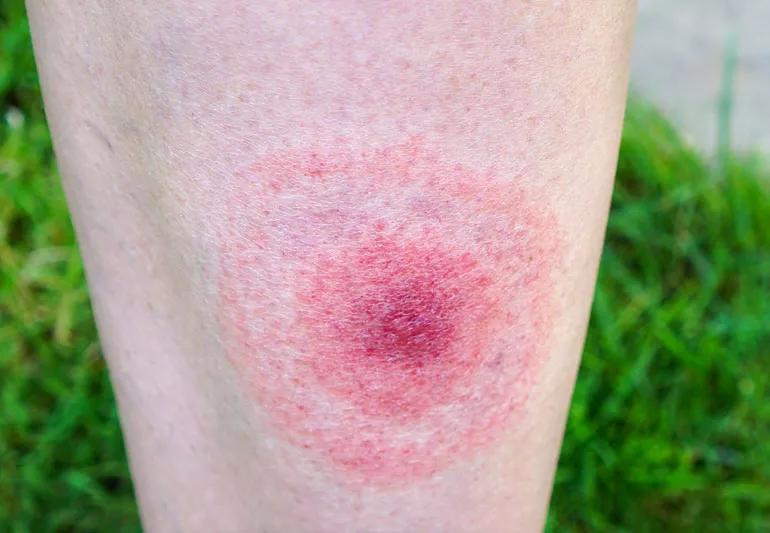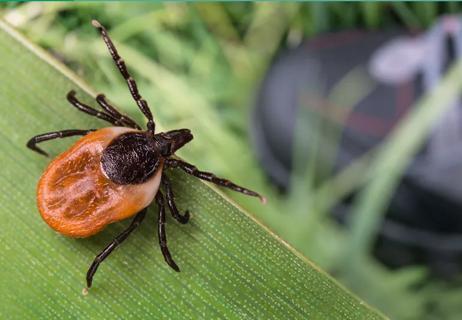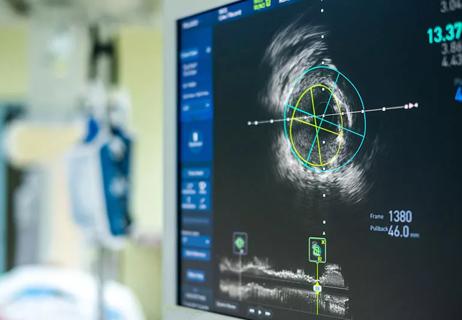After infection clears, full recovery can take time

If you don’t notice the tiny deer tick bite on your body, it can be easy to dismiss signs of Lyme disease. You may suspect flu and give it a week or so, thinking it will resolve on its own. But by then, the bacterial infection has had time to spread.
Advertisement
Cleveland Clinic is a non-profit academic medical center. Advertising on our site helps support our mission. We do not endorse non-Cleveland Clinic products or services. Policy
“The human body reacts the same way to many different things,” says primary care physician Daniel Sullivan, MD. “If you get the flu, you get a low-grade fever, develop muscle aches and feel a little off, and if you are infected with the Lyme bacteria you can feel the same way.”
These types of symptoms might warrant someone considering getting medical attention, but not necessarily right away, he says.
The bacterium Borrelia burgdorferi causes Lyme disease when it get into your bloodstream. You may experience a variety of symptoms, depending on the stage of infection.
Early on, typical symptoms of Lyme disease include fever, chills, headache, joint aches and – most distinctively – a spreading rash that resembles a bulls-eye.
But if it isn’t identified and treated within 36 to 48 hours, the infection can spread to other parts of your body, including the heart and nervous system.
The later, more serious stages of Lyme disease can lead to neurological damage and arthritis.
Most people notice the bulls-eye rash and seek treatment immediately. And, most often, that’s the end of the story, Dr. Sullivan says.
“During the early stages of Lyme disease, oral antibiotics treat the infection and most patients will recover quickly and completely,” he says. “If that rash is not noticed, it can then go on to other manifestations that can affect the muscles, joints, heart and nerves.”
Advertisement
Whether your doctor identifies the disease in early stages or late, the first step is to treat the infection with antibiotics.
“In most cases, where it is more distant and has spread, once the infection is treated, the inflammation and the irritation to the nerves, heart and joints will slowly resolve over time,” Dr. Sullivan explains.
Patients often ask whether a longer course of antibiotics would help speed healing, he notes. “Most patients are on antibiotics from 10 days to two weeks — if it affected the heart or spinal fluid, it’s four weeks,” he says.
While some patient advocacy sites call for longer therapy lasting up to six months, there is no evidence for going beyond four weeks, he says. “Within four weeks, the antibiotics will kill the bacteria. A longer course of antibiotics could potentially cause more harm than good.”
Once antibiotics resolve the infection, you can support your recovery from Lyme disease as you would with any kind of arthritis or nerve injury. It is recommended that you:
“The damage Lyme disease causes to your nerves or muscles would heal over a course of months,” Dr. Sullivan says. “Identifying the infection and treating it appropriately so that the infection is cleared is the first step. And then the body can start to heal.”
Advertisement
Learn more about our editorial process.
Advertisement

Tips and tricks to prevent Lyme disease

Most recommended precautions center around minimizing bruising or swelling

Even one drink can have an impact on your cognitive function leading to slurred speech, blurred vision and impaired memory

Understand who may (and may not) benefit

Lorem ipsum dolor sit amet. Et odio Quis vel ipsam omnis eum alias deleniti et placeat impedit non voluptas galisum hic autem enim et cupiditate aliquid. Est beatae quidem non facilis autem ut commodi nisi aut tempore rerum et dolores voluptatem cum enim optio id sapiente quasi. Ad laboriosam officiis 33 cupiditate sequi ea voluptatum consectetur qui necessitatibus voluptate et quasi doloremque et facere explicabo quo explicabo officia

Seeking help through therapy can be an important step in improving your quality of life when you have UC

Type 2 diabetes isn’t inevitable with these dietary changes

Applying a hot or cold compress can help with pain